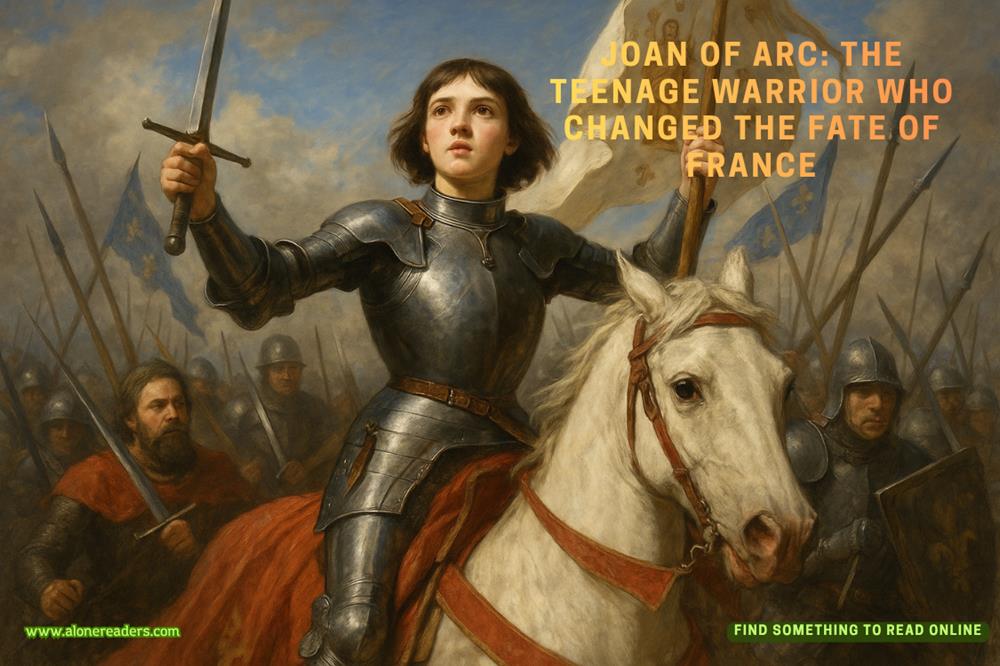Page 46 of Broken Secrets
“This is so much better than staying in some fancy resort,” Maya says, bouncing slightly on her mattress to test the firmness. “We’re like real researchers living in the field.”
Sophie pulls a portable speaker from her bag, then remembers there’s nothing to connect it to without our phones. “Well, I guess we’re going acoustic for the next three days.”
“Good thing I brought my harmonica,” Jessica says with a grin, pulling out the small instrument and playing a few notes that echo off the cabin walls.
A whistle sounds from outside, followed by a booming voice with a slight accent. “All right, future marine biologists! Orientation starts in five minutes at the main building. Don’t make me come looking for you!”
We grab our notebooks and file out of the cabin, joining other students. The research station spreads across a natural terrace carved into the hillside, connected by wooden walkways and surrounded by native vegetation. Below us, the protected cove sparkles in the afternoon sun, with research boats moored at a small dock.
The main building houses a combination classroom and laboratory, with long tables, microscopes, and walls covered with identification charts for local marine species. Large windows provide panoramic views of the ocean, and the smell of salt water drifts through the open doors.
“Welcome to the Catalina Island Marine Institute! My name is Dr. Cole!”
Dr. Cole stands at the front of the room, a tall man in his fifties with weathered hands and laugh lines around his eyes. His khaki field shirt is decorated with pins from various marine research organizations, and his enthusiasm radiates from every gesture.
“I’ve been studying these waters for twenty-three years, and I still discover something new every time I go out there. Of course, my wife says the only thing I’ve discovered is new ways to track sand into the house, but she’s not a scientist, so what does she know?”
A few students chuckle. Dr. Cole’s grin suggests he’s just getting started with the dad jokes.
“Now, I know some of you are here because you love marine biology, some because you need the science credit, and some because you heard Catalina has good snorkeling. All perfectly valid reasons. But by the time you leave this island, I guarantee you’ll see the ocean differently than when you arrived.”
He gestures toward the charts covering the walls. “These waters support one of the most diverse marine ecosystems on the West Coast. Kelp forests, rocky reefs, sandy bottoms, each with their own community of organisms that have evolved together over millions of years.”
Maya raises her hand. “How many different species live around the island?”
“Excellent question. We’ve cataloged over 1,000 species of marine plants and animals around these waters, and we’re still discovering new ones. Just a few years ago, researchers studying the kelp forests found species they hadn’t properly documented before. Turns out they’d been there all along, but nobody had looked closely enough to notice the differences from similar species.”
He moves to a table laden with equipment and supplies. “Speaking of looking closely, let’s talk about your tools for the next three days.”
Dr. Cole holds up a small plastic device with a small camera lens. “Each of you gets one of these. We call them ‘disposable cameras.’ I know the technology is breathtaking.”
Sophie raises her hand, looking genuinely puzzled. “How do you see the pictures you took?”
“Well, first you have to finish the entire roll of film; that’s twenty-seven shots total, so choose wisely. Then you take it to a special place called a ‘photo lab’ to get them developed.
“But how do you delete the bad ones?” asks Tyler from the back.
“You don’t! Every shot is permanent. Revolutionary concept, I know.” Dr. Cole’s eyes twinkle with amusement.
He demonstrates advancing the film by turning a small wheel. “Wind it like this after each shot, or you’ll get what we call a ‘double exposure,’ which is either artistic genius or complete disaster, depending on your perspective.”
Derek raises his hand. “Do they make waterproof cases?”
“They do indeed. And before you ask, no, they don’t have flash for underwater shots, so you’ll need to get close to your subjects and hope for good natural light. Think of it as forced artistic development.”
The cameras get passed around, and I watch my classmates examine them like archaeological specimens. The plastic feels strange in my hands after months of using my phone’s sleek camera interface. There’s something both limiting and liberating about having only twenty-seven chances to capture a memory.
“Now, before we get you wet, let’s talk about the buddy system,” Dr. Cole continues. “You’ll be paired with someone for all water activities. Your buddy’s job is to keep you alive, and your job is to return the favor. It’s a very simple arrangement, but surprisingly effective.”
Mrs. Henderson steps forward with a clipboard. “I’ve already made the assignments. When I call your names, find your partner.”
She reads through the list, and I’m not surprised when she calls for me and Derek. We’ve been paired for projects before, and we work well together. Plus, there’s the added benefit of having an excuse to spend more time together.
Derek appears beside me with a grin. “Looks like you’re stuck with me for the next three days.”
“I’ve had worse partners,” I say, bumping his shoulder with mine.
“Watch each other, communicate clearly, and never, ever leave your buddy behind. The ocean is beautiful, but it doesn’t care about your GPA or your college applications. Respect it, and it will show you wonders. Disrespect it, and it will remind you very quickly that you’re just a visitor here.” Dr. Cole says.















